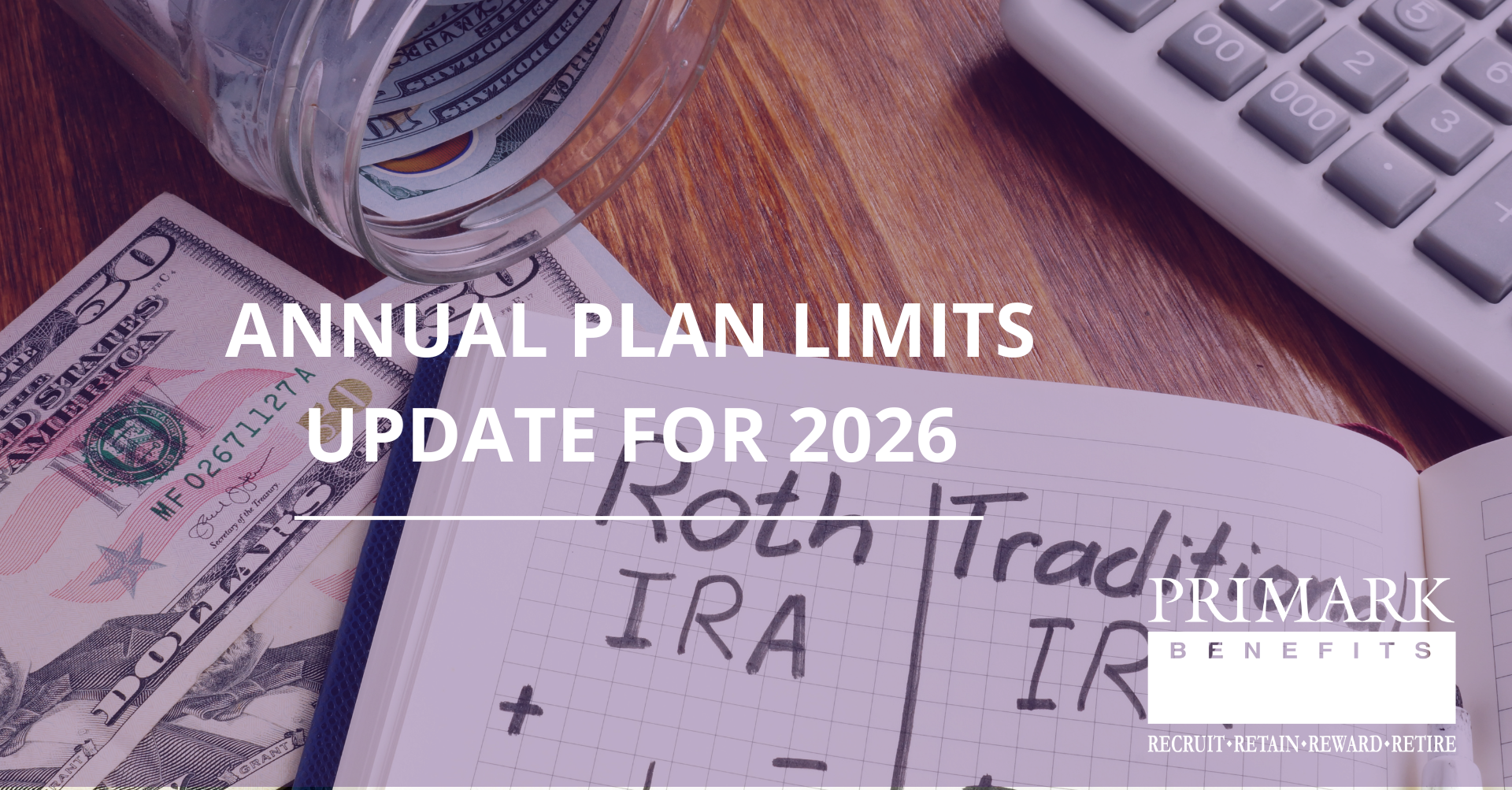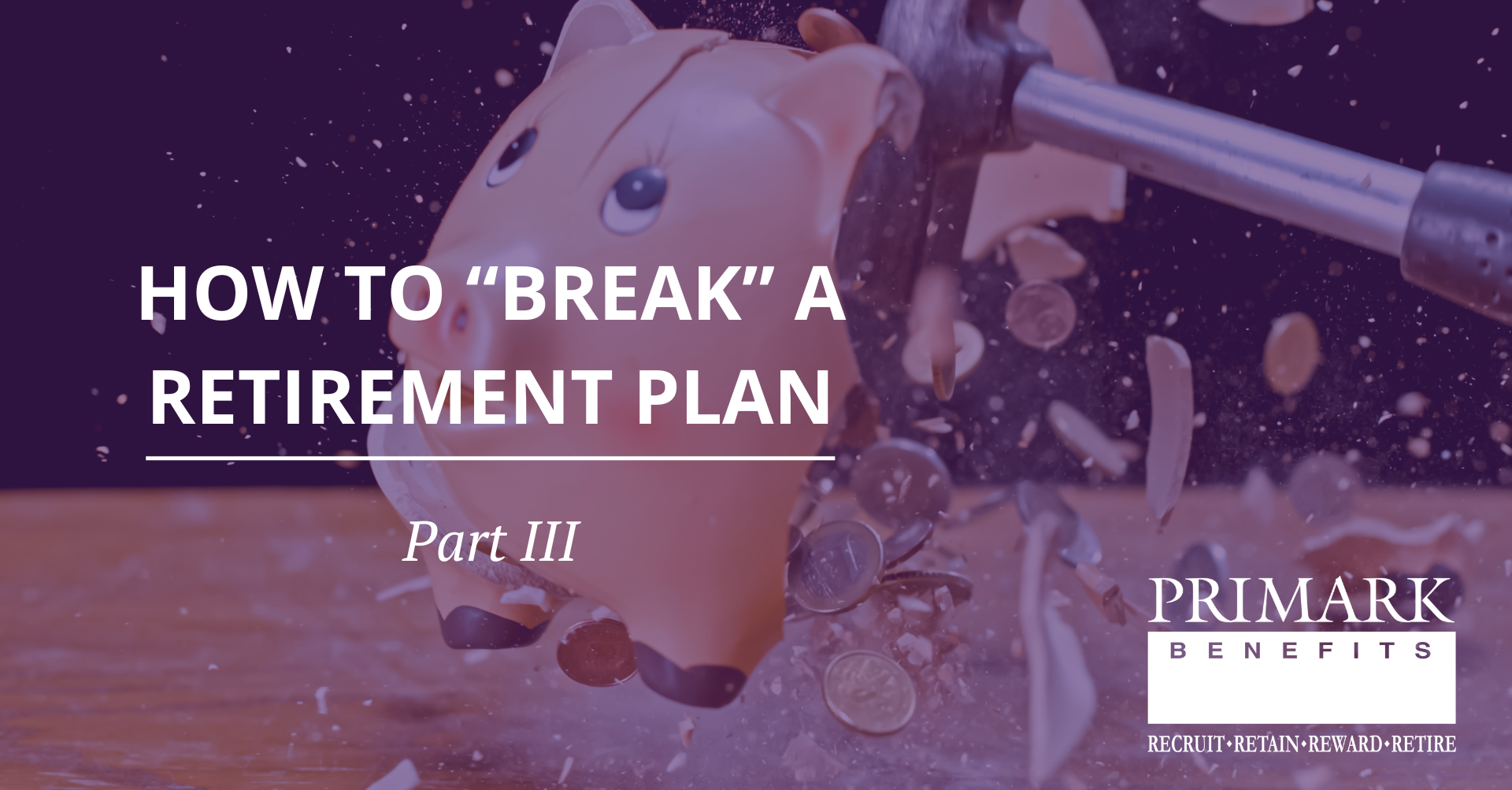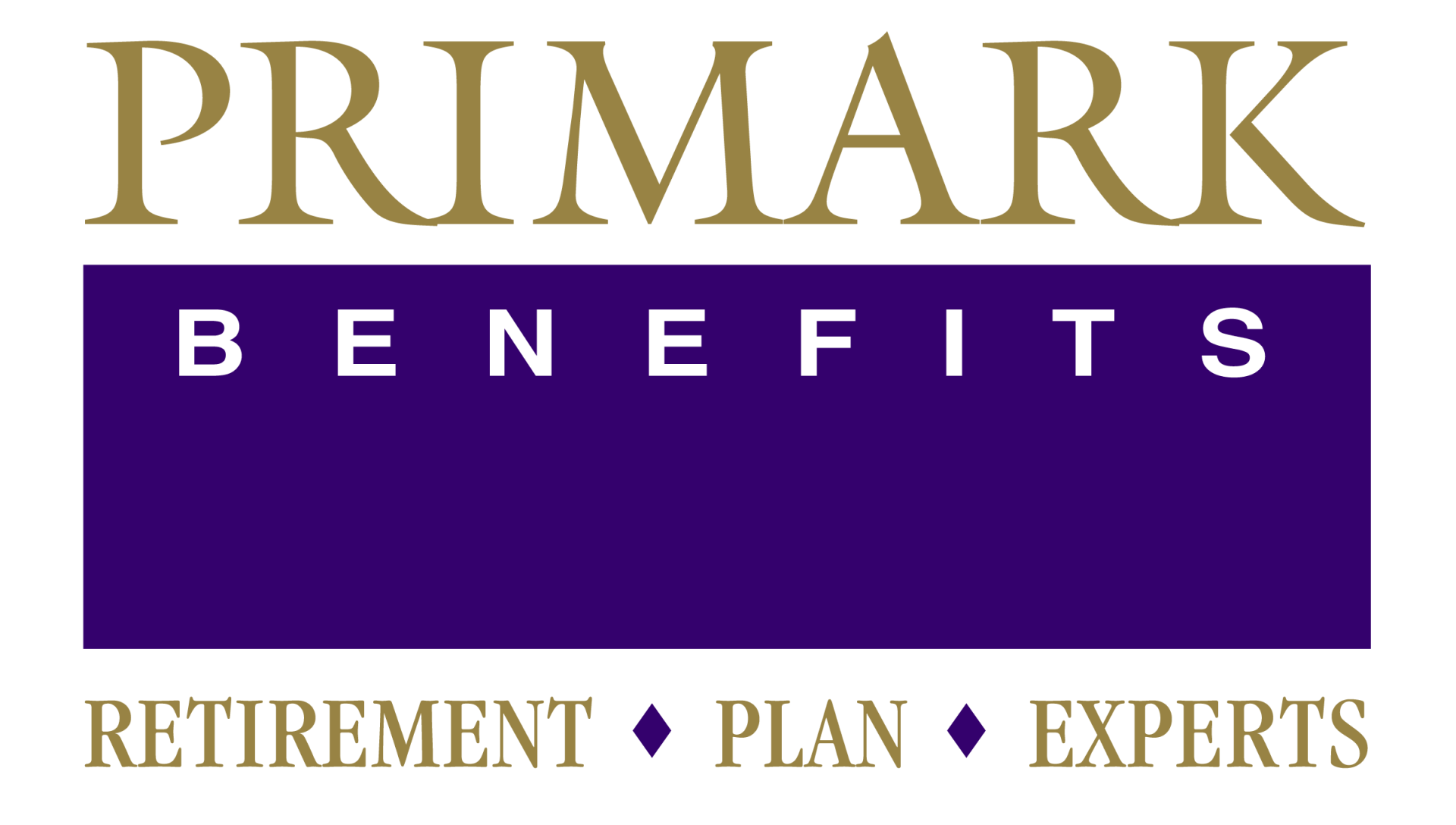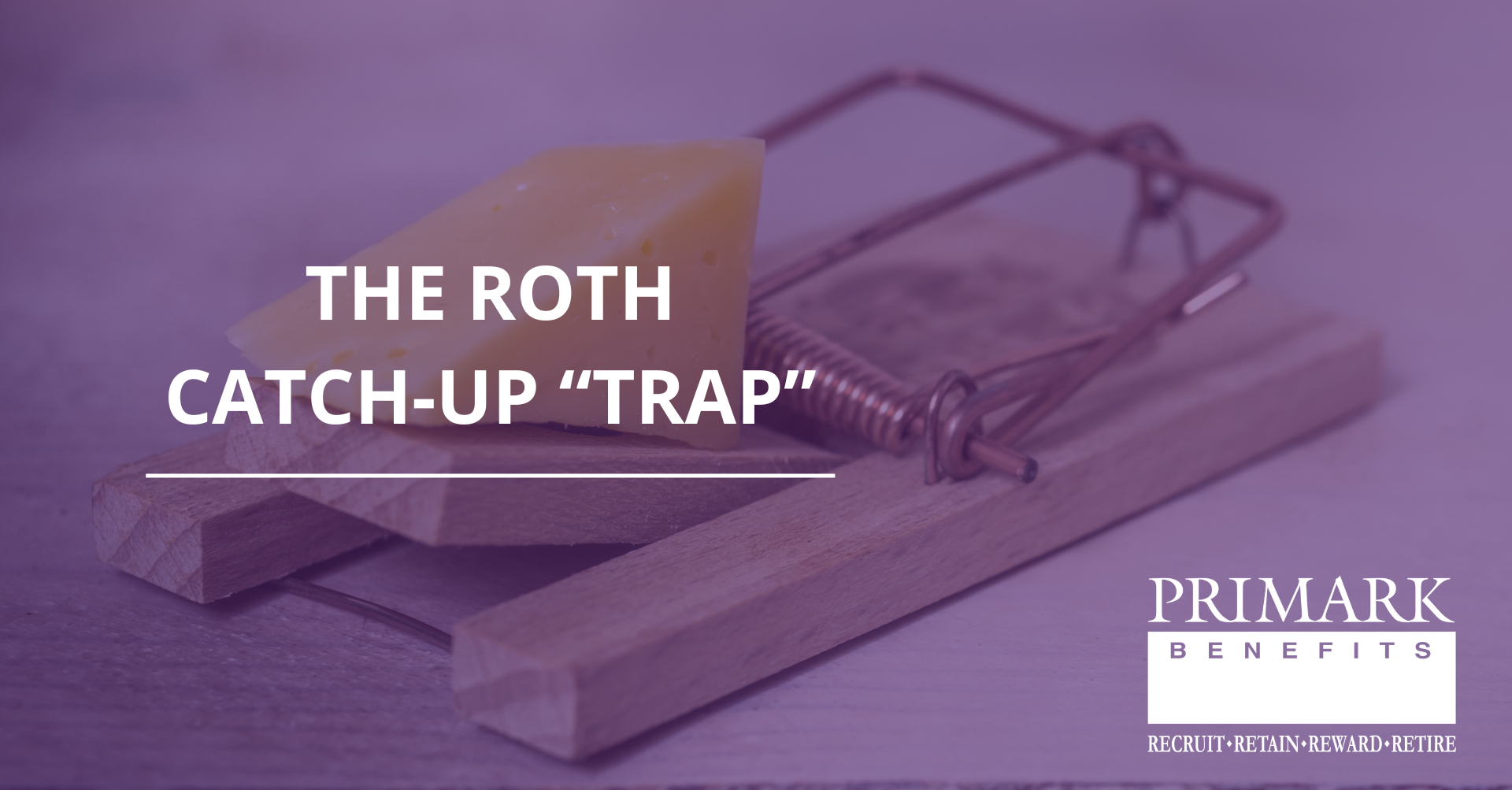Exploring In-Plan Retirement Income Solutions
To help prevent potential retirement delays, consider retirement income solutions to boost participants’ confidence in their future financial security.

Both employers and employees have a growing interest in in-plan retirement income solutions. With 66% of participants concerned about creating an income stream in retirement, this shows a signification interest in retirement planning tools that can convert savings into lifetime income.
Offering in-plan retirement income solutions is one way to help participants plan for financial stability in retirement in order to retire on time. Why focus on in- plan retirement income solutions, and why now? Here’s what you need to know.
The growing need for retirement income
With the decline of pension plans and the rise of DC plans like 401(k)s, the responsibility to create retirement security has shifted from employers to employees.
However, for many participants, saving is a challenge. If they manage to save enough for retirement, participants aren’t confident in converting their assets to a steady stream of retirement income they won’t outlive. Eighty-seven (87%) of participants expressed a desire for an in-plan retirement income solution to help them achieve their goals. Moreover, today’s workforce is aging, requiring solutions that help provide a sustainable retirement income for as long as they live.
In an effort to boost retirement income success, there is an opportunity to support participants with income planning for the decumulation stage. Education is critical to improving retirement readiness: participants need to understand how retirement income solutions work and how to use them appropriately. Employers can leverage plan features like in-plan retirement income solutions to make their retirement benefits more competitive, increase employee engagement, and retain valuable talent. Few organizations currently offer this option, making it an opportunity to stand out as an employer of choice.
Plan design plays a pivotal role
Thoughtful plan design can significantly impact participants’ retirement income. Features such as default deferral rates, employer matching contributions, and professionally managed investment solutions all play a pivotal role:
— Default deferral rates often steer participant contributions. Many plans automatically enroll employees at the deferral rate of 3% of their salary, but most employees choose to “set it and forget it” and never increase their contributions beyond that amount. Plans with higher default deferral rate and auto-escalation, where contributions are increased at set intervals until a preset maximum is reached, promote saving more over time. This approach potentially boosts their retirement income.
— Matching contributions can substantially boost participants’ retirement savings. Encourage participants to contribute at least enough to receive the full employer match and maximize this benefit.
— Professionally managed investment solutions alleviate the burden of establishing a personal asset allocation strategy, constructing a portfolio of equities and fixed income, and then monitoring and updating it on an ongoing basis. The most common 401(k) default investment solutions are target date funds and managed accounts.
In-plan income considerations
Several retirement income solutions and investment strategies are designed to provide consistent, stable income for retirees. Some common approaches include:
— Target date funds (TDFs) with in-plan guaranteed income: An in-plan solution is designed to deliver automatic guaranteed
retirement income. TDFs may be appropriate as a Qualified Default Investment Alternative (QDIA).
— Managed accounts: These solutions offer professional investment selection and management with the potential for growth and income. Managed accounts provide efficient opportunities that can be customized for specific investor circumstances and allocated to guaranteed income solutions at an appropriate age.
— Fixed income: Securities such as bonds offer a steady income stream with potentially competitive yields, liquidity, and flexibility.
Participant withdrawal strategies
Plan designs that allow flexible distribution strategies can help improve financial stability as participants transition from the accumulation to the withdrawal stage. These include systematic withdrawals that create an automated income stream, technology- driven withdrawal solutions that adapt retirement income based on retirees’ needs and preferences, and guaranteed income solutions.
In-plan income solutions are an opportunity to boost engagement, enhance retention, and improve overall retirement readiness. For your next steps, consider reviewing your current plan design through a retirement income lens.




